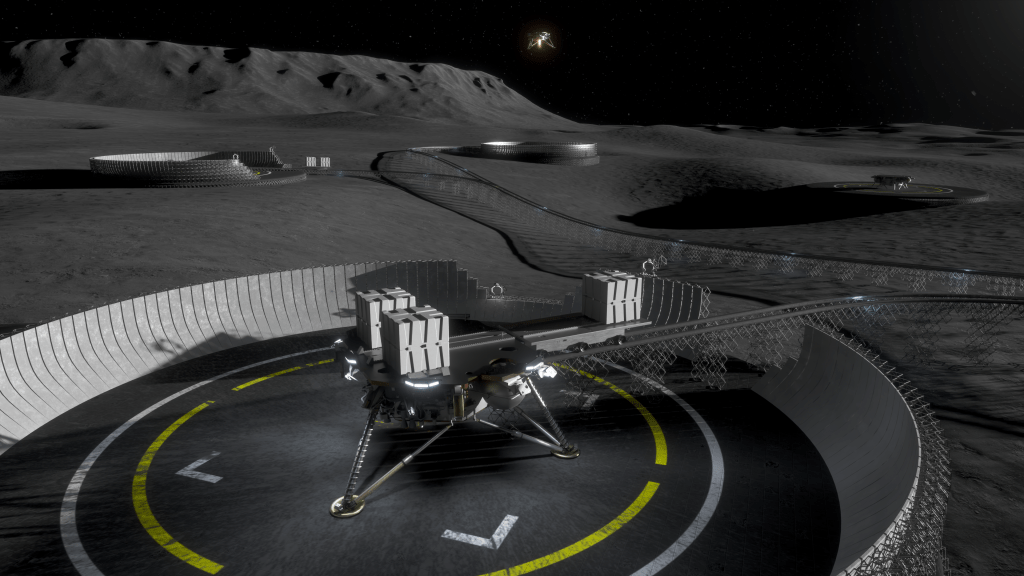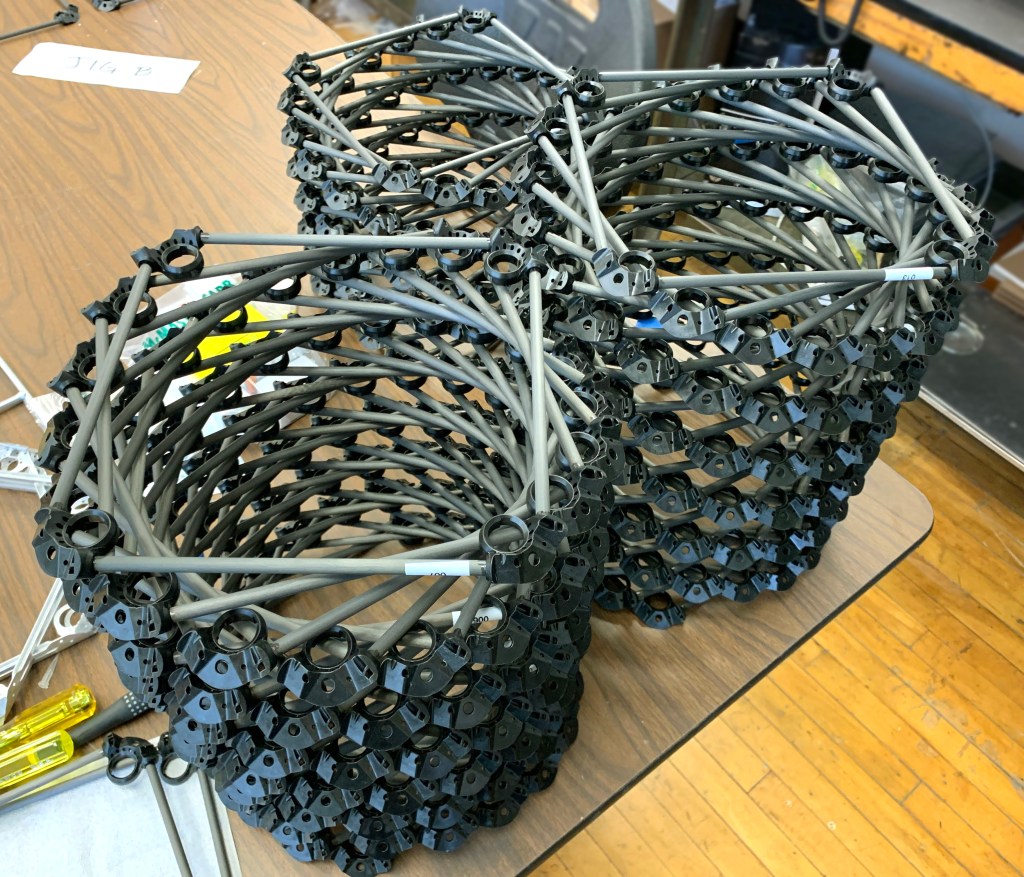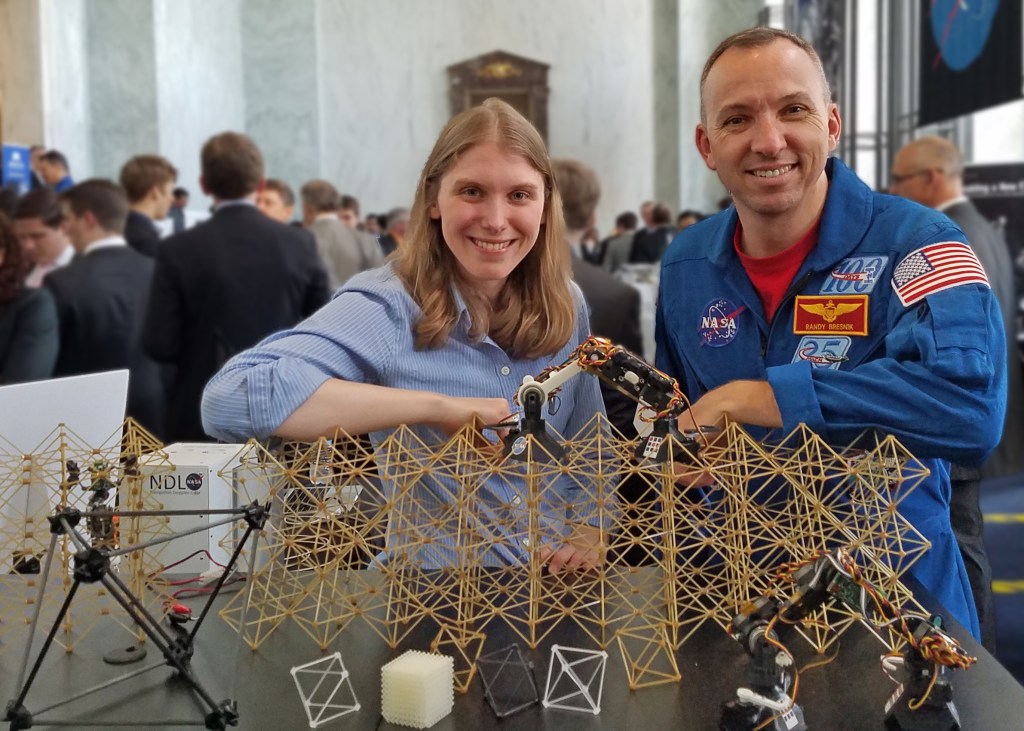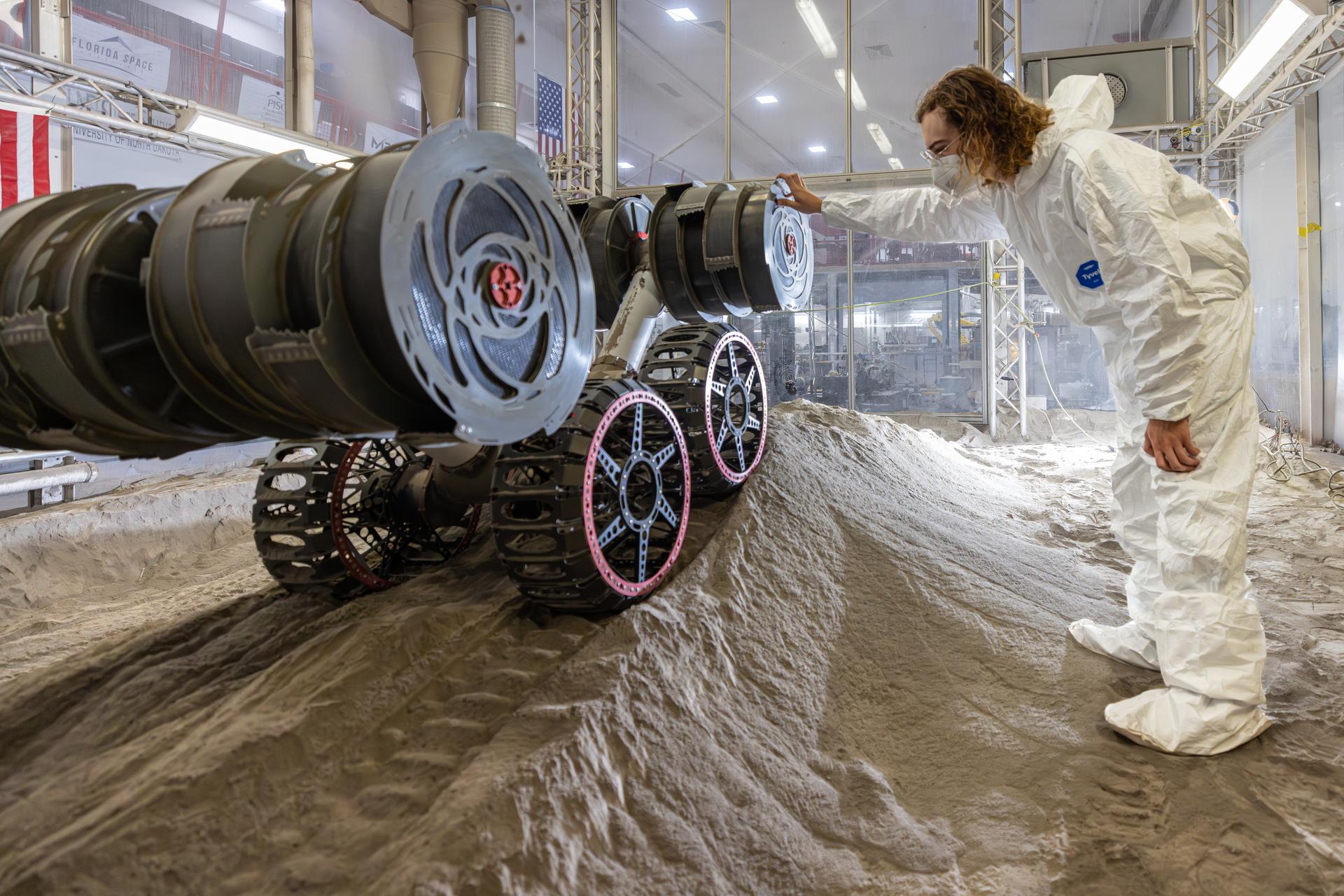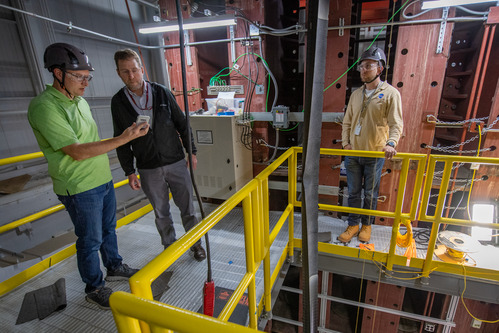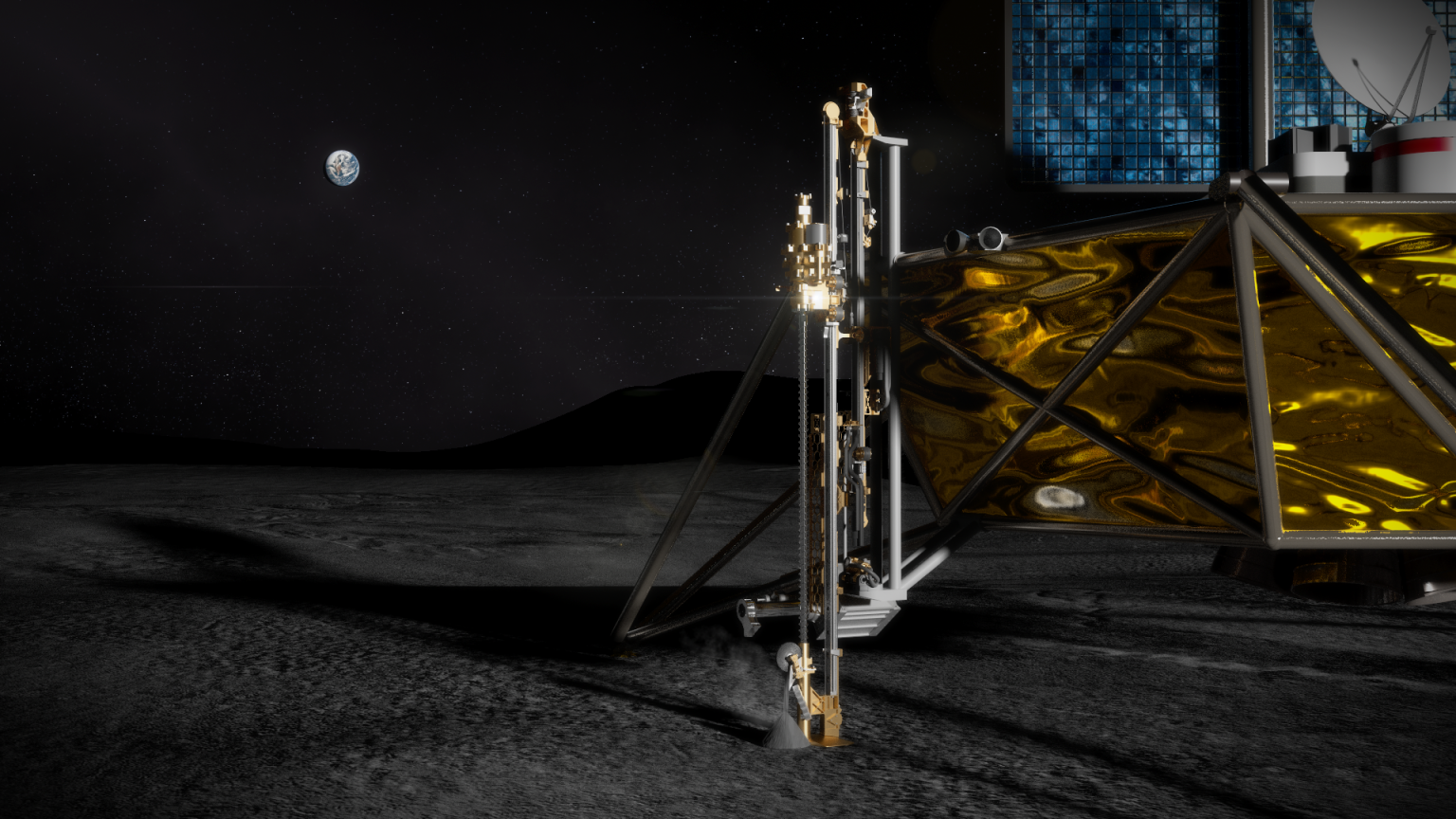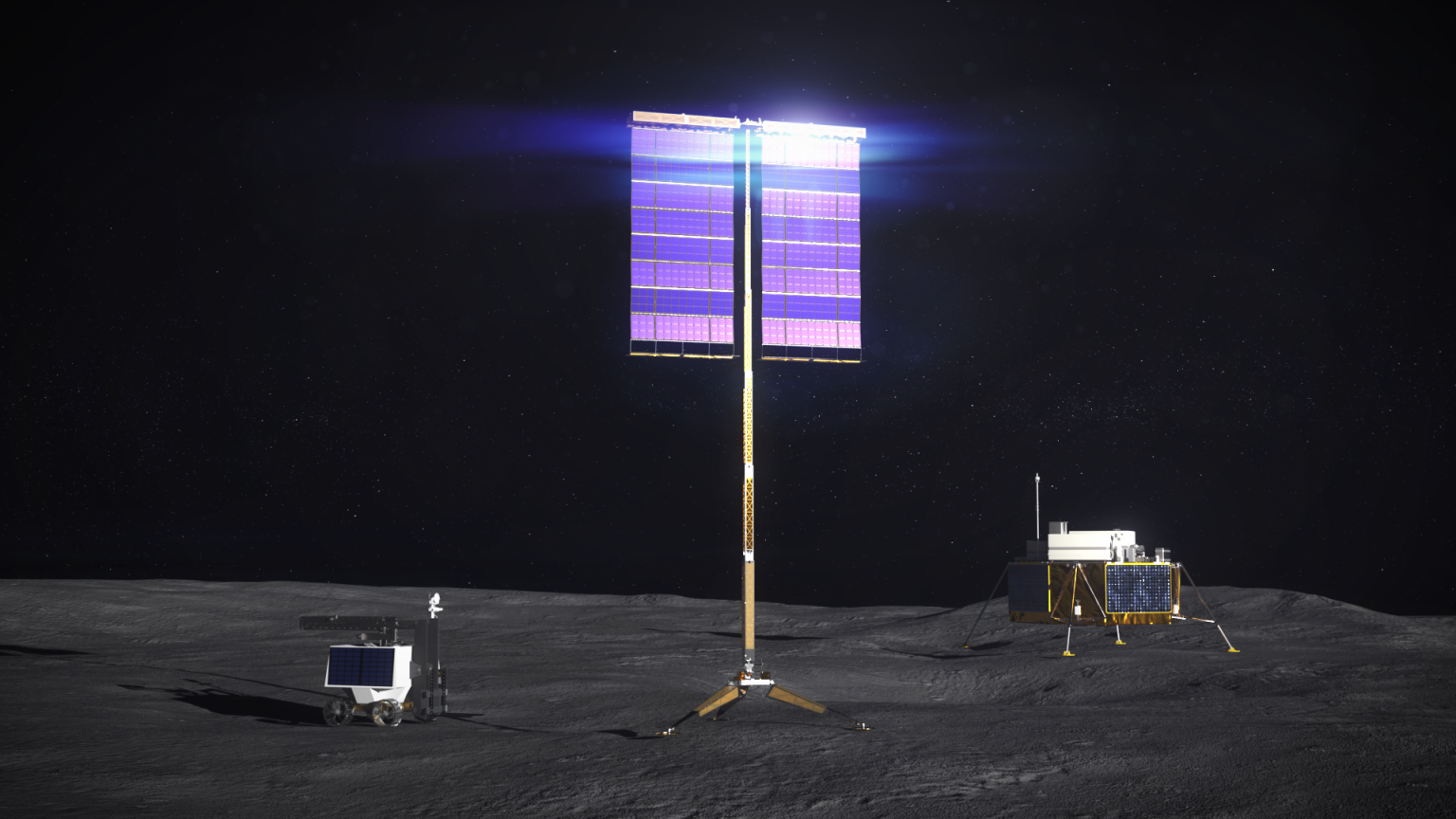Automated Reconfigurable Mission Adaptive Digital Assembly Systems
The ARMADAS project is developing software and hardware that will be able to autonomously assemble materials to make a variety of functional structures such as habitat structures, large antennae arrays, and even a spaceport.
Lead Center
Ames Research Center
Introduced
October 2017
PRINCIPAL TECHNOLOGIST
Gerald Sanders
Julie Kleinhenz
Denise Podolski
Project Manager
Peter Zell
Kenneth Cheung
Robot Team Builds High-Performance Digital Structure for NASA
Greater than the sum of its parts: NASA tests the capability of a system that includes simple robots, structural building…
Read the Story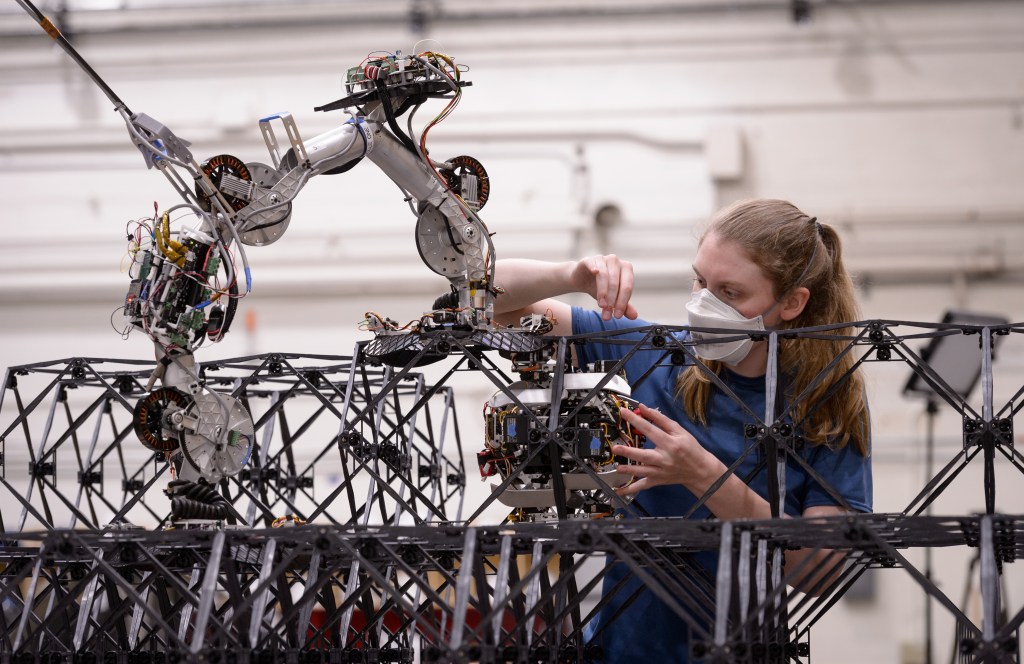
NASA needs the capability to build large-scale solar power, communications, and habitat systems on other planets to support future deep space exploration. The ability to autonomously assemble these types of structures in space instead of sending large pre-assembled hardware from Earth is critical to sustainable future exploration of Moon, the Red planet, and beyond.
The Automated Reconfigurable Mission Adaptive Digital Assembly Systems (ARMADAS) project is developing software and hardware that will be able to autonomously assemble materials to make a variety of functional structures such as habitat structures, large antennae arrays, and even a spaceport. The team recently developed “builder robots” capable of autonomously working together and assembling small modular units, called “voxels,” to make a large variety of structures. These robots are barely larger than the voxels they work with, and take advantage of the regularity of these structures to build very large and precise assemblies without large positioning or measurement systems. The project’s special algorithms enable the robots to plan a path, specific movements, and a build sequence through a wireless network.
The project will ultimately develop a small satellite-sized payload that automatically unpacks and assembles into functioning systems, such as a small habitat module and array/antenna, using onboard robotic assemblers. The ARMADAS team will perform a ground demonstration in 2021 in which the robots will autonomously build a structure made of hundreds of parts. The ARMADAS technology could eventually be used to build real infrastructure on the lunar surface.
ARMADAS
The use of simplified robots and a modular approach to structures allows for cross cutting utility across diverse tasks and applications. Distributed coordinated autonomous mobile robotics, as demonstrated by ARMADAS, moves system complexity from mechanisms onto software and algorithms, using teams of robots that deliver more complexity with robust operations at a lower cost than common general purpose robotic agents.
Learn MorePARTNERS :
Academic partners University of Houston and MIT are collaborating to develop robotic planning and scheduling methods for the project.
Other government agencies are providing funding to the ARMADAS team for complementary work including non-structural functional modules for various applications.
Architectural metal fabrication company, Zahner, of Kansas City, Mo., is performing research on fabricating next-generation voxels for the ARMADAS project.






























